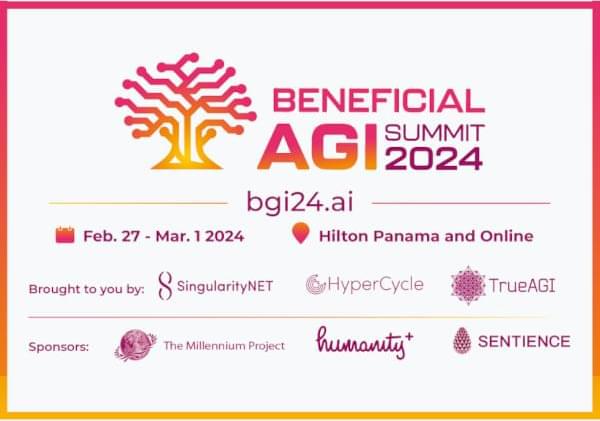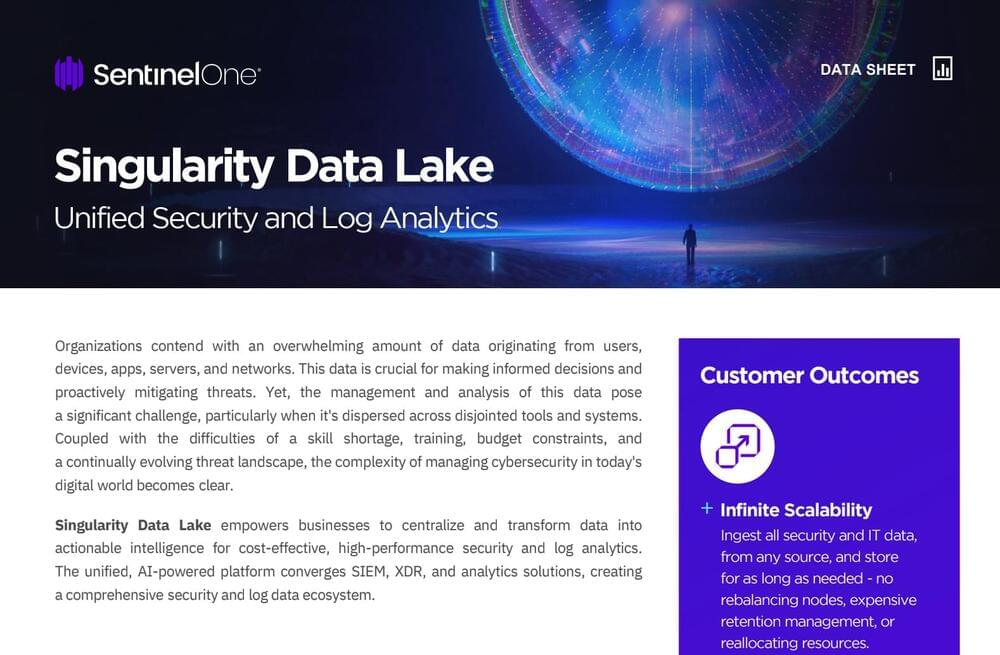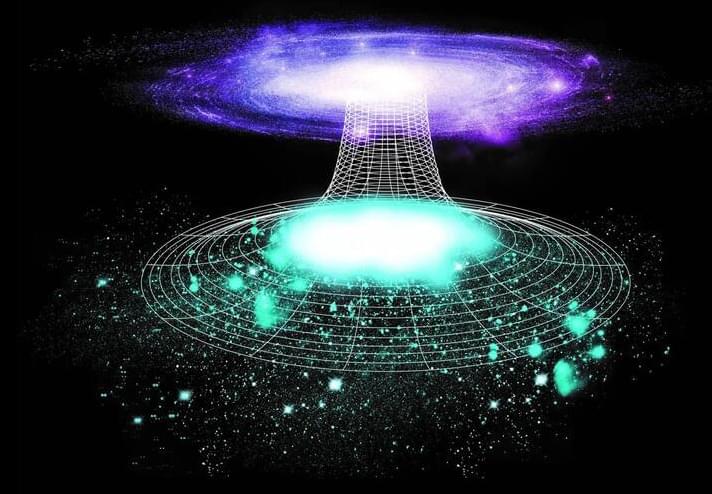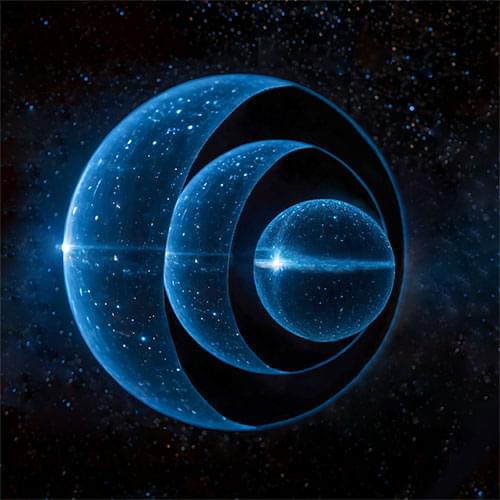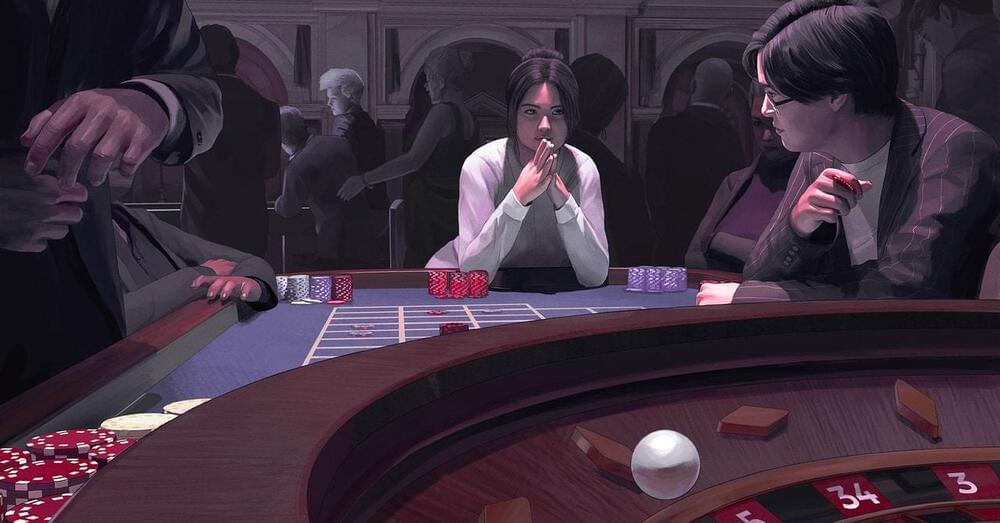In this episode, recorded during last year’s Abundance360 summit, Ray Kurzweil answers questions from the audience about AI, the future, and how this change will affect all aspects of our society.
Ray Kurzweil, an American inventor and futurist, is a pioneer in artificial intelligence, having contributed significantly to OCR, text-to-speech, and speech recognition technologies. Author of numerous books on AI and the future of technology, he’s received the National Medal of Technology and Innovation, among other honors. At Google, Kurzweil focuses on machine learning and language processing, driving advancements in technology and human potential.
Read his latest book, The Singularity Is Nearer: When We Merge with AI: https://a.co/d/gBB4jel.
Learn more about AbundanceA360 2024 Summit: https://www.abundance360.com/summit.
———-
This episode is supported by exceptional companies:
